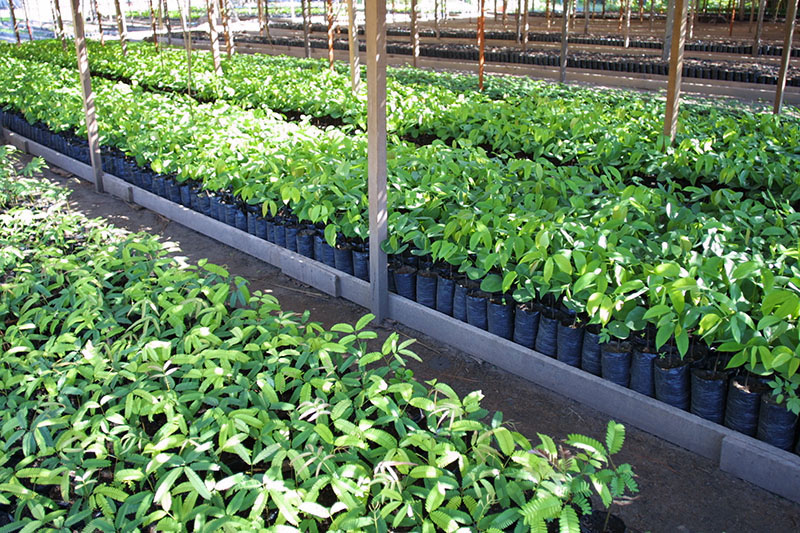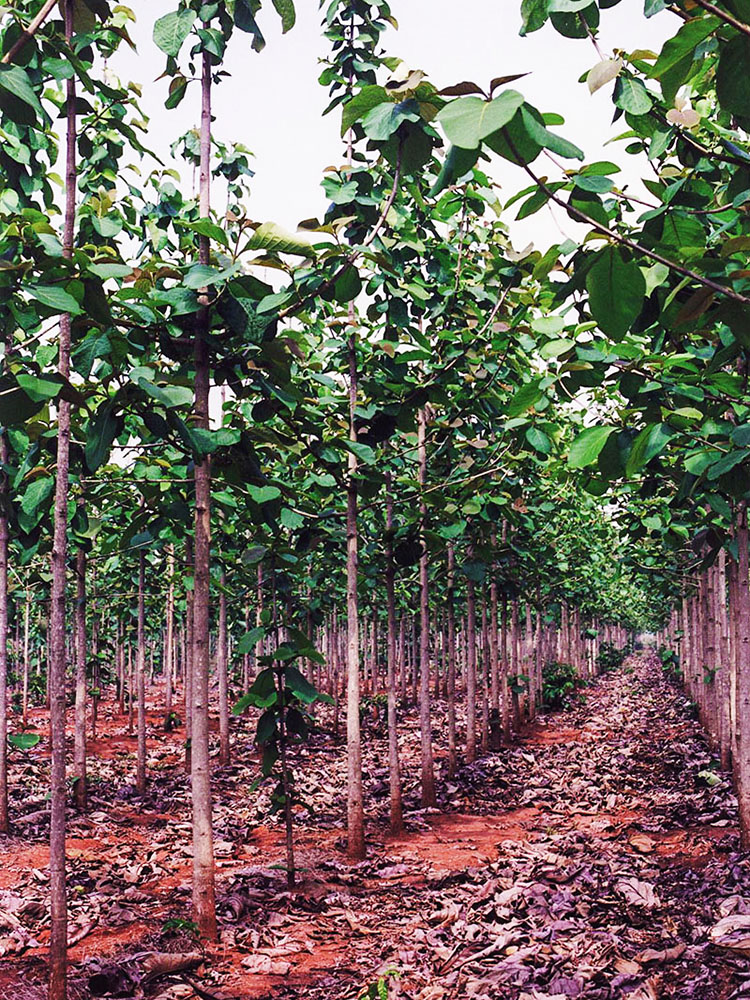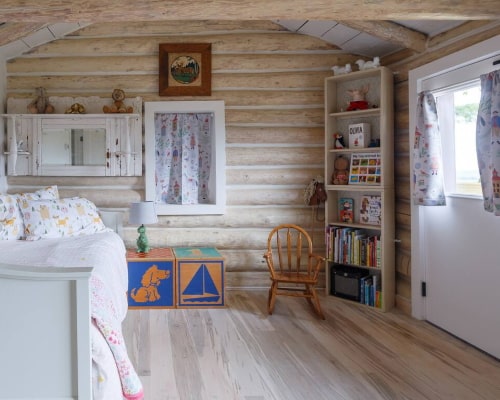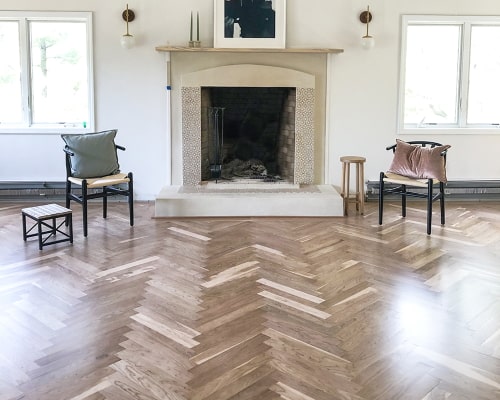June 18, 2020
Tree cutting guilt… Is what we’re doing okay?
It seems like we need trees more than ever… sucking in carbon, breathing out oxygen.
It seems like trees could be one of the most useful tools in decreasing carbon levels.
So, what are we thinking, cutting them down?

Especially the tropical hardwoods in the Amazon!
This could keep a person in the lumber industry up at night! Then propel them into research mode…
So, we spoke with Nova, our supplier of Ipe and Red Balau/Batu (both South American tropical hardwoods) to better understand their practices. We are delighted to report to you, what we learned.
Here are some highlights:
- No clearcutting
- Selective harvesting only
- Seedlings and small trees are allowed to grow
- Only 2 – 200 trees are harvested for every 1000 acres of forest
- A plot of forested land is allowed to rest for 20-30 years between cuts
- After 2-3 harvesting cycles, there is actually more wood fiber in the forest. This sweet spot between harvesting and re-growth results in Optimal Forest Re-growth!
- Loggers submit detailed forest management plans for approval, including species identification with GPS coordinates to pinpoint trees and execute the plan precisely.
Surprisingly, agriculture is the biggest threat to the rain forests. Forests are clear cut or burned to make room for growing crops and raising cattle.
Perhaps it is counter-intuitive, but the forest and logging industry, when operating ethically, is a defender and protector of our forests. Lumber companies can operate, jobs can be created, people can make a living, and forests can actually thrive.
Here is a link to Nova’s page about their practices if you’d like to read more. I know I feel much better now that I understand how our supplier works.
https://www.novausawood.com/environment





